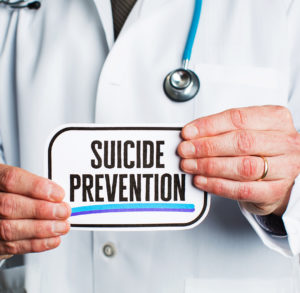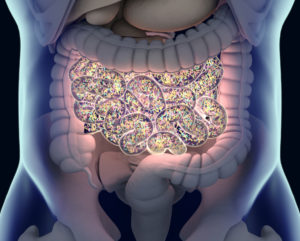September is National School Backpack Safety Month and Flushing Hospital Medical Center is sharing information on how you can help your child avoid the pain and injury that is associated with carrying heavy backpacks. These simple tips can help protect your child from having chronic back pain throughout their lives.
Backpacks are essential back-to- school items for kids. They come in different colors, sizes and shapes and most importantly they help children to carry their belongings. Backpacks are preferred by many in comparison to shoulder bags because when worn correctly, they evenly distribute weight across the body. However, if worn incorrectly they can cause back pain or injuries and eventually lead to poor posture.
To prevent problems associated with improper backpack use, parents should first purchase a backpack that has the following features:
- Lightweight
- Wide and padded straps
- Multiple compartments
- Padded back
- Waist belt
- Correct size (A backpack should never be wider or longer than your child’s torso).
Practicing these safety tips will further reduce the chance of back pain or injuries caused by backpacks:
- When packing, heavier items should be placed to the back and center of the backpack. Lighter items should be in front. Sharp objects such as scissors or pencils should be kept away from your child’s back. Utilizing different compartments can help in distributing weight.
- Do not over pack. Doctors recommend that children should not carry backpacks that weigh more than 10-15% of their body weight.
- Ensure that children use both straps. Using a single strap can cause muscle strain.
- Adjust the straps so that the backpack fits closely to your child’s back and sits two inches above the waist. This ensures comfort and proper weight distribution.
- Encourage children to use their lockers or desks throughout the day to drop off heavy books.
The Pediatric Orthopedic Society of North America recommends that parents should always look for warning signs that indicate backpacks may be too heavy. If your child struggles to put on and take off the backpack, they are complaining of numbness or tingling or if there are red strap marks on their shoulders -It may be time for you to lighten their load.
All content of this newsletter is intended for general information purposes only and is not intended or implied to be a substitute for professional medical advice, diagnosis or treatment. Please consult a medical professional before adopting any of the suggestions on this page. You must never disregard professional medical advice or delay seeking medical treatment based upon any content of this newsletter. PROMPTLY CONSULT YOUR PHYSICIAN OR CALL 911 IF YOU BELIEVE YOU HAVE A MEDICAL EMERGENCY.






